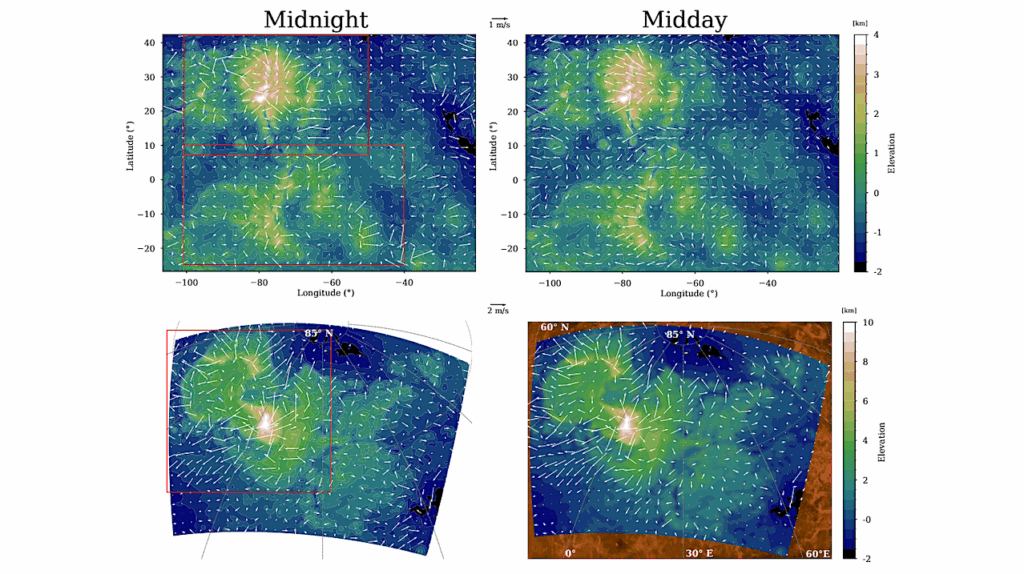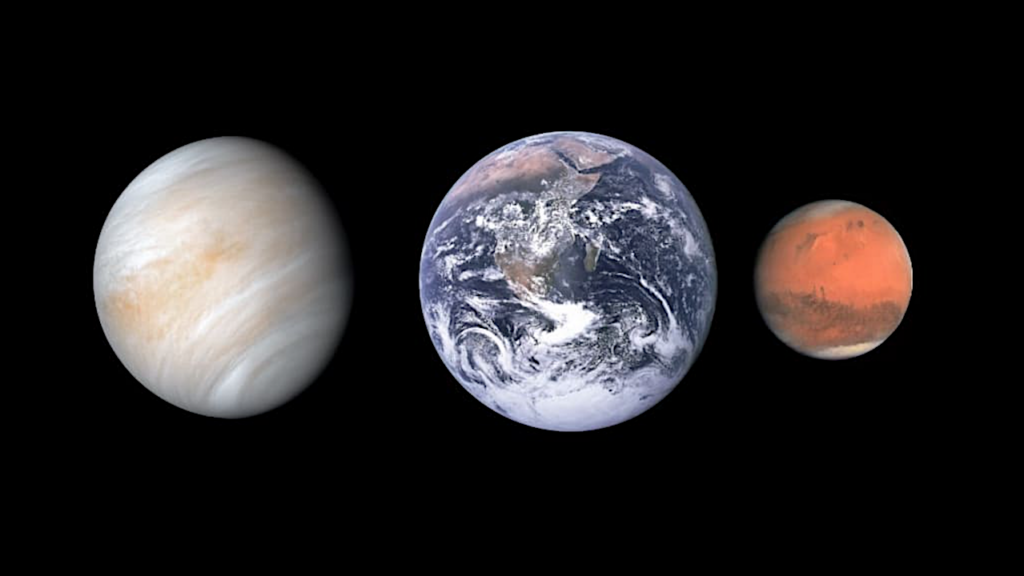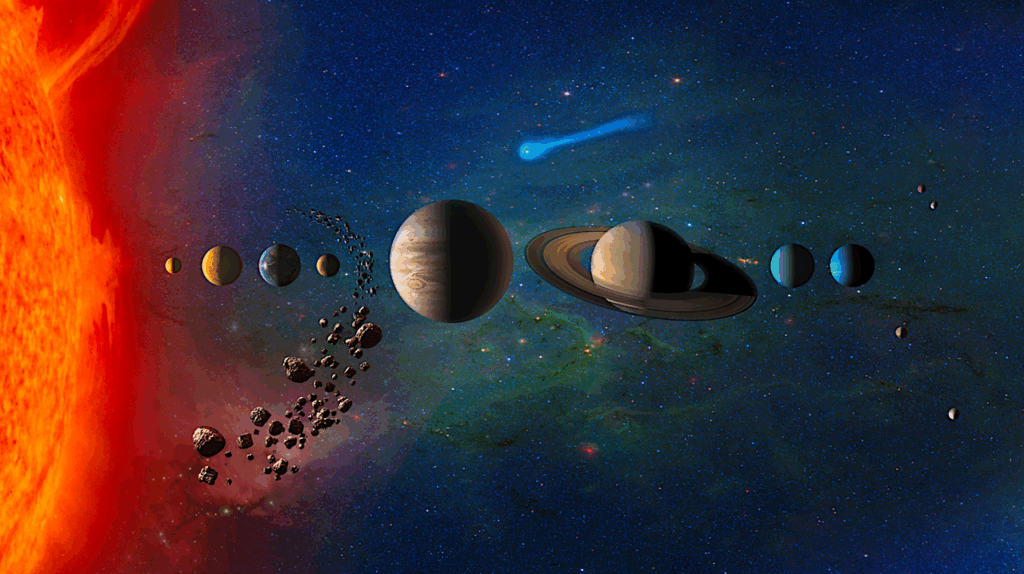Re-analysis Of The 267-GHz ALMA Observations of Venus: No Statistically Significant Detection Of Phosphine

Context: ALMA observations of Venus at 267 GHz have been presented in the literature that show the apparent presence of phosphine (PH3) in its atmosphere. Phosphine has currently no evident production routes on the planet’s surface or in its atmosphere.
Aims: The aim of this work is to assess the statistical reliability of the line detection by independent re-analysis of the ALMA data.
Methods: The ALMA data were reduced as in the published study, following the provided scripts. First the spectral analysis presented in the study was reproduced and assessed. Subsequently, the spectrum was statistically evaluated, including its dependence on selected ALMA baselines.
Results: We find that the 12th-order polynomial fit to the spectral passband utilised in the published study leads to spurious results. Following their recipe, five other >10 sigma lines can be produced in absorption or emission within 60 km/s from the PH3 1-0 transition frequency by suppressing the surrounding noise. Our independent analysis shows a feature near the PH3 frequency at a ~2 sigma level, below the common threshold for statistical significance. Since the spectral data have a non-Gaussian distribution, we consider a feature at such level as statistically unreliable that cannot be linked to a false positive probability.
I.A.G. Snellen, L. Guzman-Ramirez, M.R. Hogerheijde, A.P.S. Hygate, F.F.S. van der Tak
Conclusions: We find that the published 267-GHz ALMA data provide no statistical evidence for phosphine in the atmosphere of Venus.
Comments: Submitted to A&A. No media enquiries
Subjects: Earth and Planetary Astrophysics (astro-ph.EP)
Cite as: arXiv:2010.09761 [astro-ph.EP] (or arXiv:2010.09761v1 [astro-ph.EP] for this version)
Submission history
From: Ignas Snellen
[v1] Mon, 19 Oct 2020 18:03:18 UTC (179 KB)
https://arxiv.org/abs/2010.09761
Astrobiology








